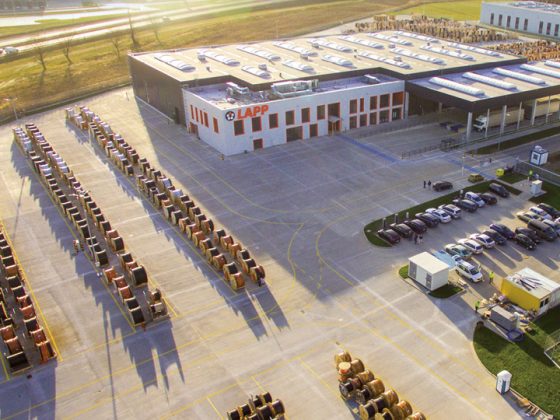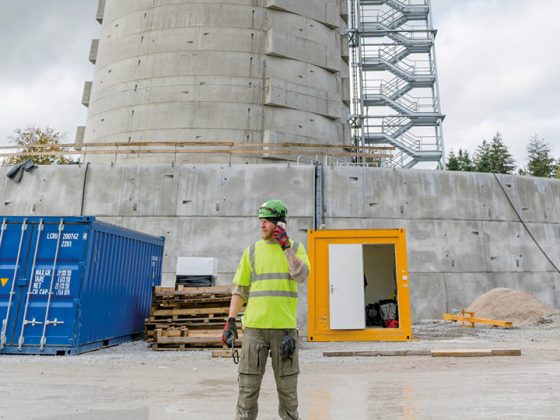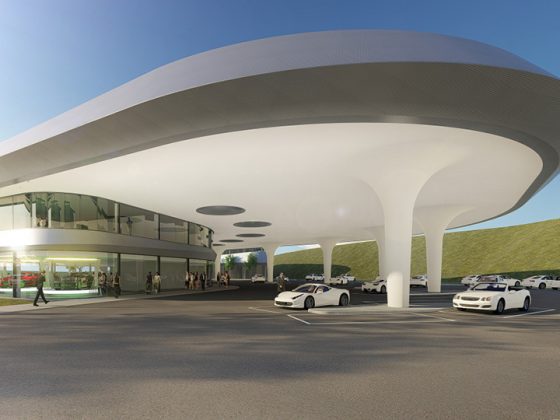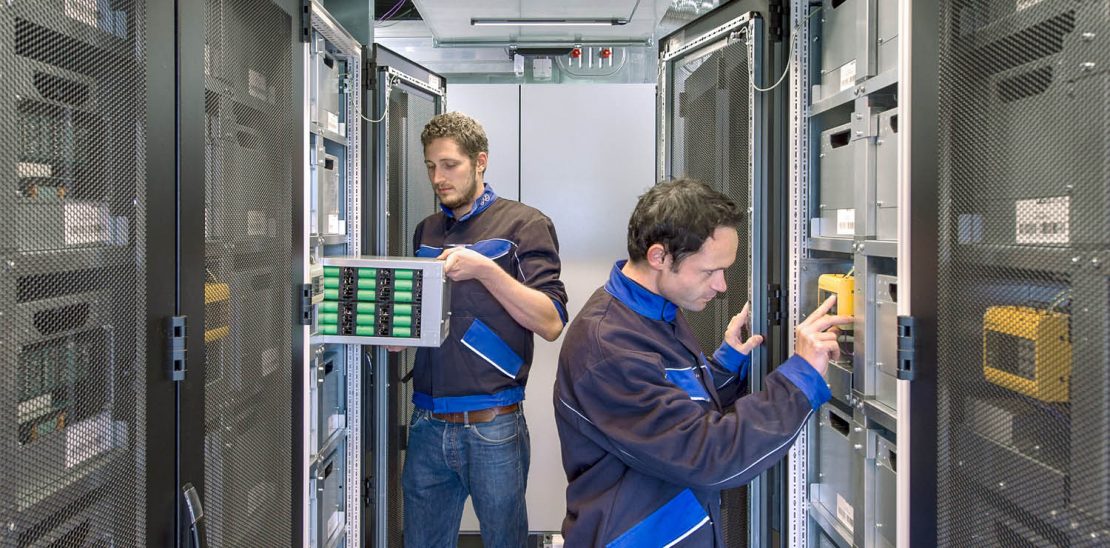
LAPP? That’s the ones with the ÖLFLEX control cables, right? That’s what you hear from many customers and it’s true: LAPP has become an important name in factories, and wherever control and automation are used. But today, LAPP is much more than that – activities in renewable energies in particular have increased considerably, boosting the project side of the business. Wind and solar parks are individual projects that are tailored to the site by the project developer. The components are procured by tendering. LAPP is very successful in these tenders, primarily because of its superior logistics with just-in-time delivery to the building site, accurate to the minute.
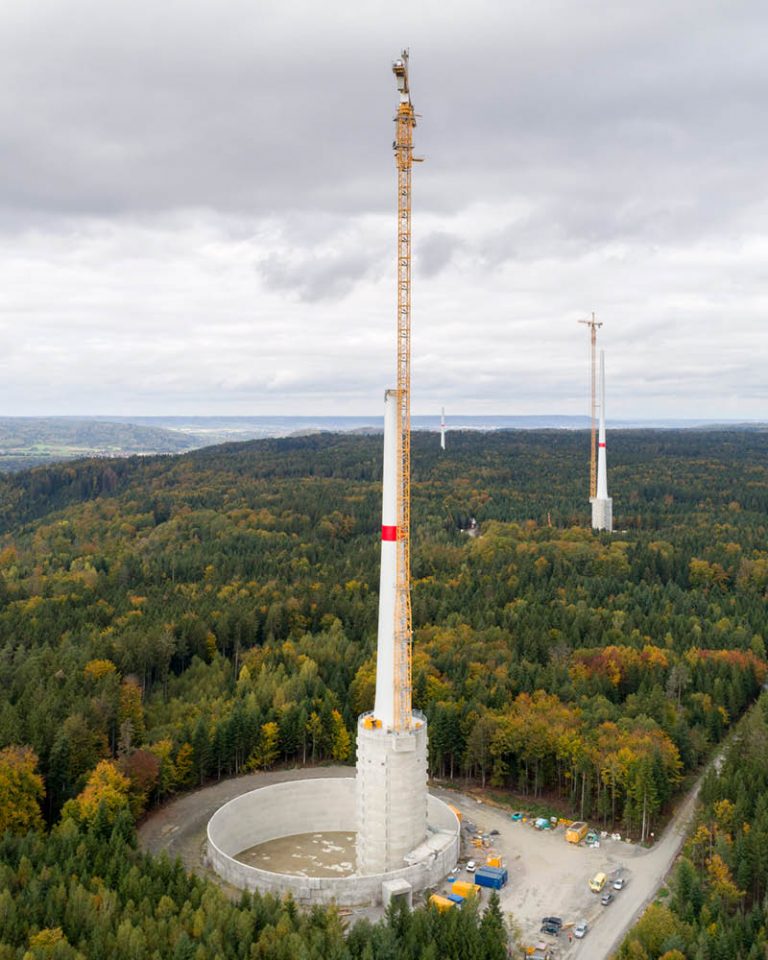
The Lübbenow wind farm in Brandenburg, Germany, shows just how important this is. The contractor had hired a crane specifically to hoist the four-ton cable drums containing the medium voltage cables from the truck. Every minute using the crane costs hard cash, which is why LAPP ensured that the cables arrived on the construction site exactly at the agreed loading date and time.
LAPP also supplied the wind farm in Gaildorf near Schwäbisch Hall on a just in time basis. There, four gigantic rotors have been turning since 2017, harvesting the power of the wind that blows over the Limburg mountains. Each wind turbine delivers 3.4 megawatts and generates more than 10 gigawatt hours of energy per year, enough to supply around 5,000 households. A special feature is the water basins in the foundation, which act as a pump reservoir and provide energy even in calm conditions. LAPP supplied 100 cable drums in total. The LAPP project team positioned two containers at each wind turbine: In the first, full cable drums waited to be used, while the second was used to collect the empty drums and regularly transport them away. Everything was done just in time.
Not too early, not too late
Our competitors took the easier option, delivering all the cables at once before the start of construction. “You suddenly have ten trucks on site and the contractor doesn’t know where to put all the cables”, says Ralph Bönnemann, who is responsible for project business at LAPP. By contrast, LAPP supplies the cables exactly when they are needed – no sooner and no later.
Bönnemann’s project department has been around for five years. Since then, sales have risen sharply. In 2019, there was a dip because hardly any new wind power projects were approved, but now there’s an upwards trend again thanks to accelerated approval procedures. Meanwhile, there is an unbroken demand for solar energy. LAPP is currently equipping the Schornhof solar park in the Gau area of Bavaria, which can supply all 30,000 households in the district on sunny days thanks to its output of 120 megawatts. International projects including in Spain and Portugal are also booming. Bönnemann is only responsible for projects in Germany, but German companies that LAPP supplies with cables are often involved in projects in other European countries.
Batteries feeding the grid
In order to improve the supply to the project business, LAPP has reorganised its logistics. Underground and medium voltage cables come from the new logistics centre in Poland, which primarily stocks standard products in large cable drums, some of them with a diameter of almost three metres. However, there are also smaller projects where low-voltage cables are needed. One example is the “EEBatt – Decentralised stationary battery storage” project led by the Technical University of Munich. The partners have built a battery storage system in Moosham, which can store 200 kilowatt hours of energy and feed it back into the grid with a maximum power output of 250 kilowatts. LAPP supplied an extended version of its high-quality H07RN-F type cables, which are used in the DC section up to the first fuse and are exceptionally safe. A short circuit directly at the cells would cause an arc that could set fire to surrounding parts and destroy the container.

Only green electricity
However, LAPP not only supplies solar and wind farms or is involved in development projects for energy storage, such as in Moosham, but also obtains green electricity for itself, since 2018 in Germany even at a share of one hundred percent. After requesting tenders for a new energy supplier at that time, Matthias Lapp chose to accept the offer from a green energy provider. When it came to re-tendering in May 2020, electricity exclusively from renewable sources was a stipulation from the outset, even if the energy costs slightly more that way. A look at LAPP’s electricity bill shows that we are not talking about peanuts here. It is 1.3 million Euro per year in Germany alone, with almost half being consumed by production. “It’s worth it to us for the sake of protecting the climate” says Matthias Lapp.
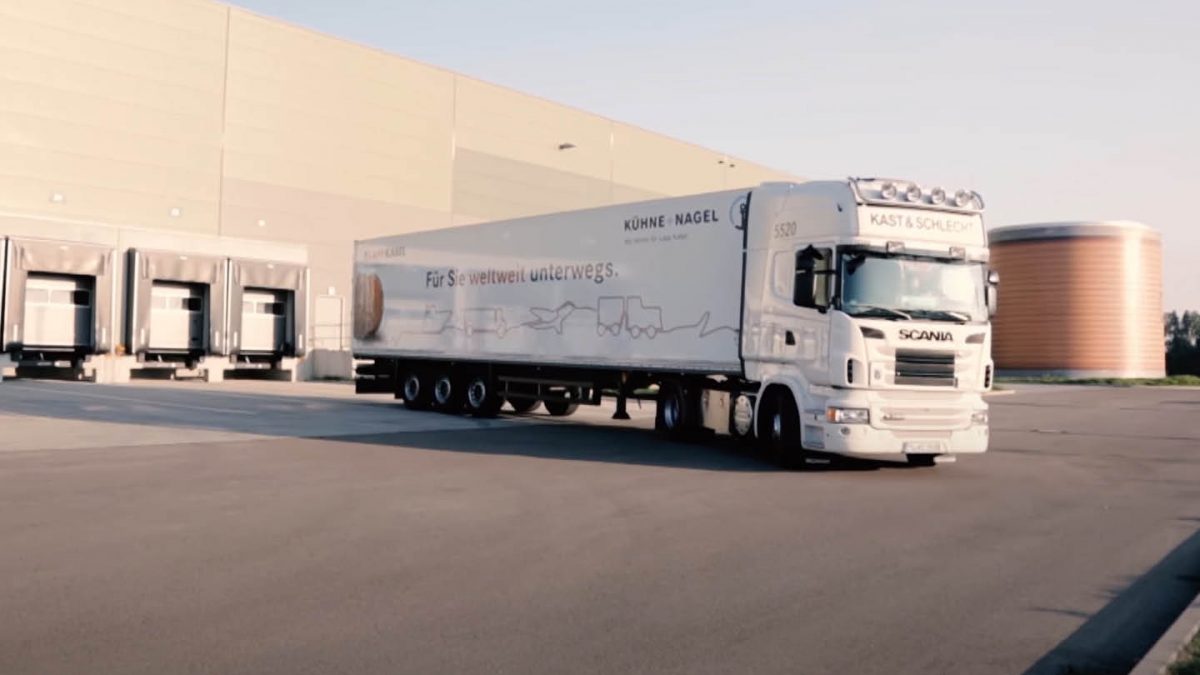
Video: The LAPP Project Team – CREATE NETWORKS

